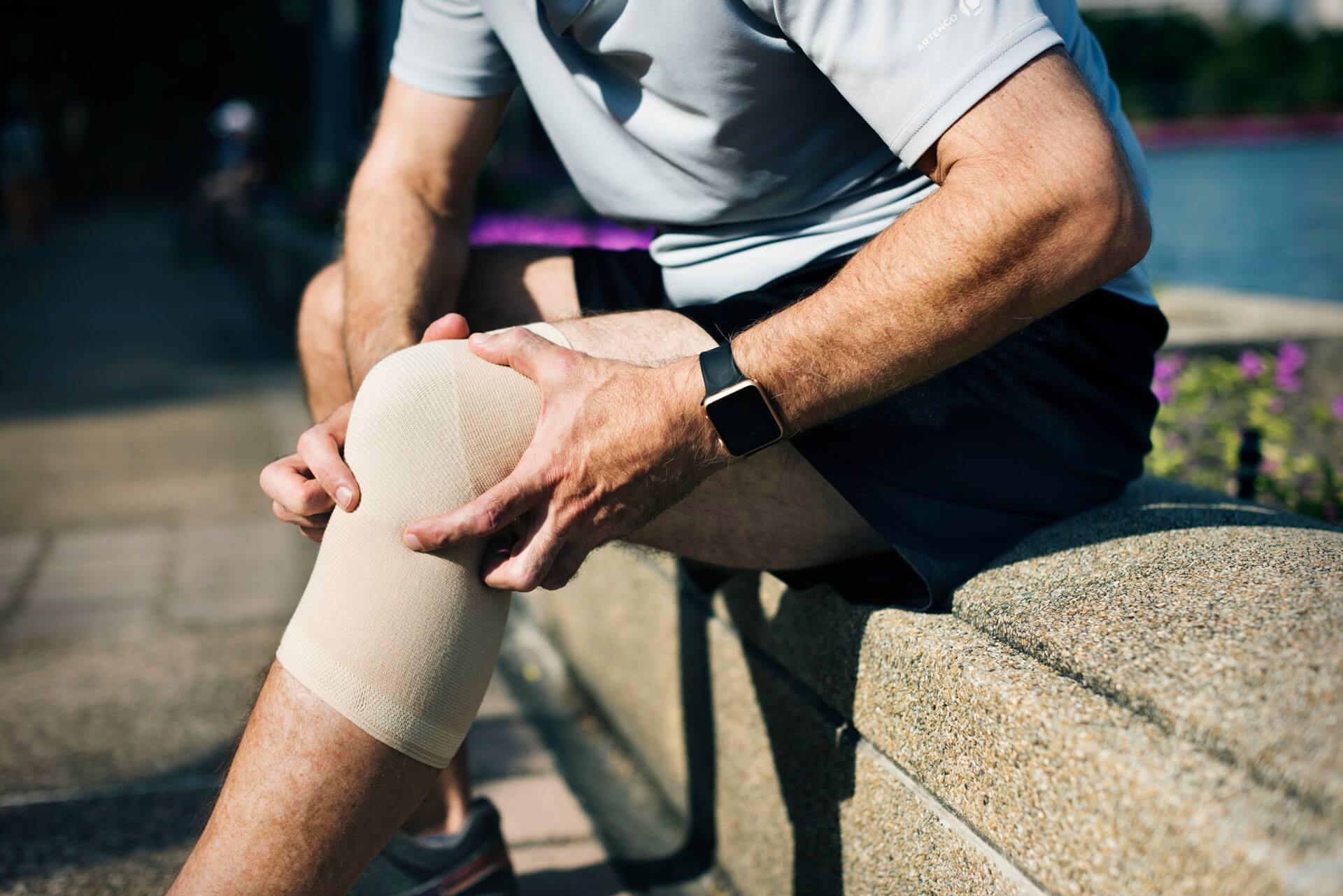Knee pain after running, jumping or long walking is an indication something is not right in your knee.
It is a common symptoms causing people to stop exercising and should be assessed by a professional. Runners Knee is a common reason to come and see an Osteopath for treatment.
Runner’s knee is the common name for a collection of problems called patella-femoral pain syndrome, which means pain felt over the front of the knee. The condition is almost always an “overuse” syndrome. This means that the amount of activity has gradually exceeded what your knee joints and tendons are capable of tolerating.
Runner’s knee symptoms
The most common feature of Runner’s Knee will be pain at the front, or sometimes the sides or the back of the knee. It can come after running, but if you keep pushing through the pain it will often come on during the run itself. Stiffness after the run in and around the knee is common. If you are very tender over the top of the knee or below the kneecap it is suggestive of runner’s knee. Where the pain is depends on what tendons have been most irritated. Sometimes the pain will be more on the inside of the knee, and sometimes more on the outside(over the Illio-Tibial Band, or ITB).
Common Tendons Irritated in runners knee:
- The Patella Tendon or Ligament
- The Illio-Tibial Band (I.T.B)
- The Pes Ansurine Common Insertion
- The Biceps Femoris Tendon
Runner’s knee causes
The front of the knee is loaded repetitively during running. As your foot strikes the ground and the quadriceps muscles activate to slow the movement of the leg down and then accelerate it as you take off again. The muscles have to be smooth in their timing, tension accumulation and release or they throw too much pressure on to the joint. The natural friction breaks, eg. fluid in the joint, need to disperse the load evenly across the joint otherwise pressure, and eventually pain, can build up.
Runner’s knee risk factors
Leg, hip, knee and foot biomechanical factors seem to have an influence on knee pain development. These can be things like knock knees, bow-legs, inappropriate shoes or a leg length difference. A large influence is the strength in your knee muscles, especially your quadriceps. Poor strength in these muscles as you begin running is associated with knee pain development. If you have a previous history of significant injury to your knee. Also if you are taking up running at an increased age, like 50 or more, you’ll be at more risk of developing an injury.
If you are suffering from knee pain and its stopping you from running, make an appointment with one of our Osteopaths today.
How our practitioners help
Osteopath
- Relieve stiffness and pain around your patella
- Improve muscular coordination for prevention of future episodes
- Relieve pain
Massage
- Reduce pain and stiffness in tight, tense muscles and tendons
- Reduce pain and inflammation through lymphatic drainage techniques
- Release tension in hamstrings, ITB and your quadriceps

